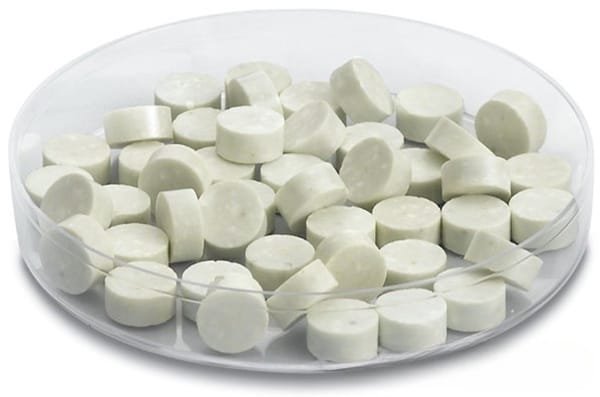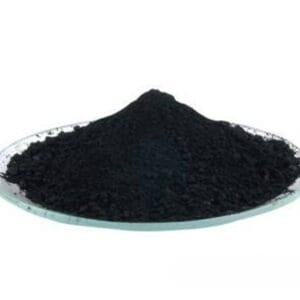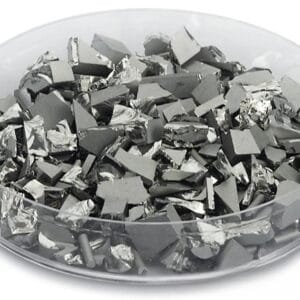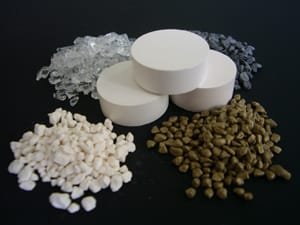Cobalt(II) Oxide Evaporation Materials Overview
Thin-Film Mat Engineering (TFM) provides high-purity cobalt(II) oxide evaporation materials with the chemical formula CoO. This material is essential for achieving high-quality films in deposition processes. TFM ensures exceptional reliability by producing cobalt(II) oxide with purities up to 99.9995%, thanks to our rigorous quality assurance practices.
Related Products: Cobalt Evaporation Materials
Specifications
| Material Type | Cobalt(II) Oxide |
| Form | Evaporation Materials |
| Symbol | CoO |
| Color/Appearance | Gray |
| Melting Point | 1,933 °C |
| Density | 6.45 g/cm3 |
| Purity | 99.5% ~ 99.99% |
| Shape | Powder/ Granule/ Custom-made |
Applications
Cobalt(II) oxide evaporation materials are used in:
- Deposition processes, including semiconductor deposition, chemical vapor deposition (CVD), and physical vapor deposition (PVD)
- Optics applications, such as wear protection, decorative coatings, and displays
Packaging
Our cobalt(II) oxide evaporation materials are carefully tagged and labeled for accurate identification and quality control. We take extensive precautions to prevent any damage during storage and transportation.
Contact Us
TFM is a leading provider of high-purity cobalt(II) oxide evaporation materials, available in various forms including tablets, granules, rods, and wires. Custom shapes and quantities can be arranged upon request. We also offer evaporation sources, boats, filaments, crucibles, heaters, and e-beam crucible liners. For current pricing and additional information, please send us an inquiry.


 MSDS File
MSDS File



Reviews
There are no reviews yet.